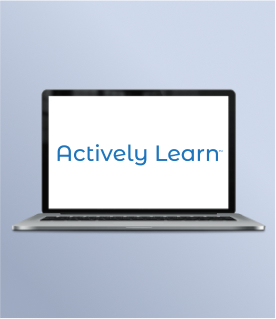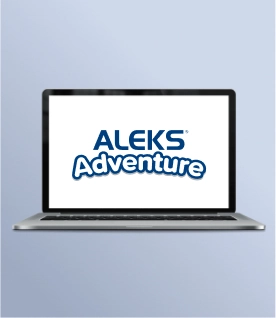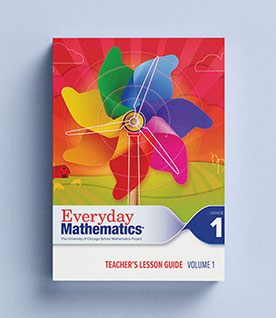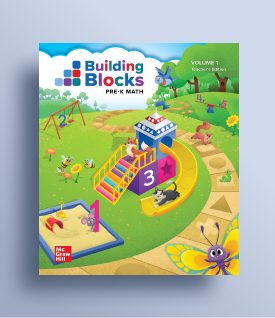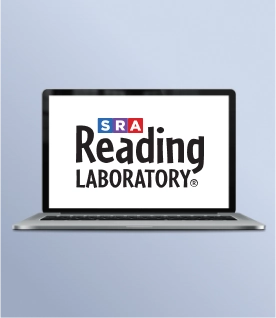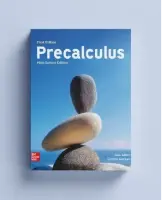My Account Details

Research and Success for Everyday Mathematics:
A K–6 Math Curriculum
The University of Chicago Mathematics Project
Everyday Mathematics is developed by education researchers at the University of Chicago School Mathematics Project (UCSMP). This group is dedicated to helping children learn mathematics using a research-based approach.
Everyday Mathematics is the most research-grounded and field-tested elementary mathematics program available today.
- When the program was developed, each lesson was field tested at each grade for a full year
- 800+ students participated in field testing 170 lessons
- Open Response problems, as well as Open Response and Reengagement Lessons were field tested by 1,400+ students
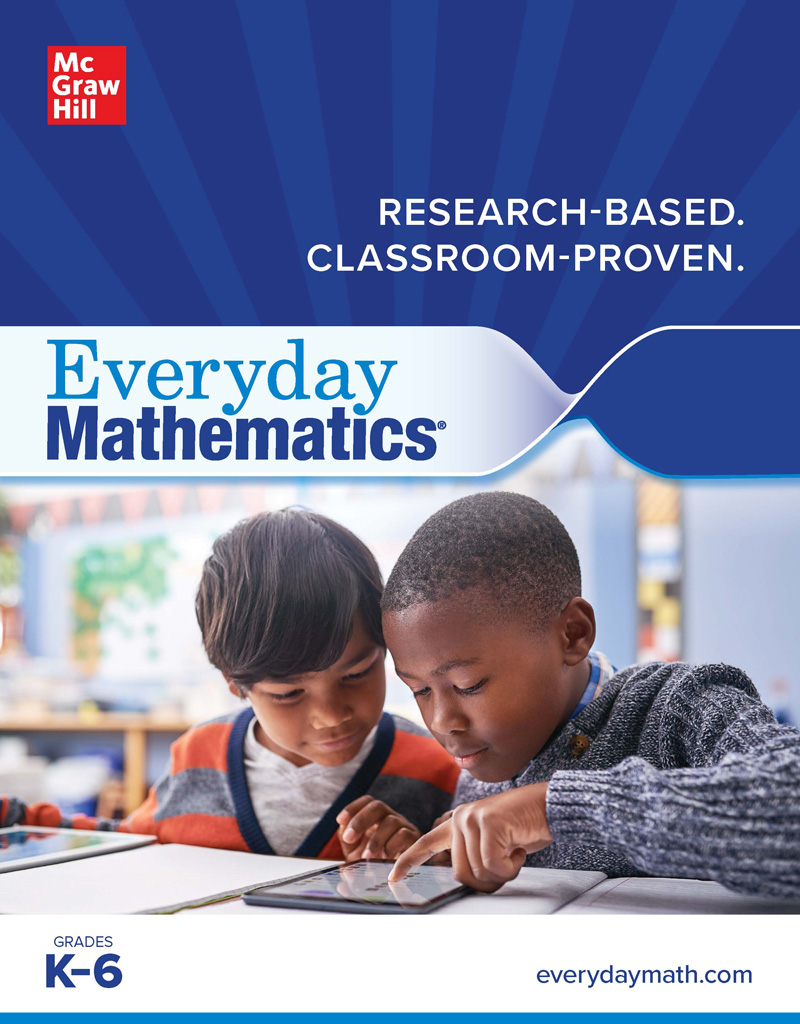
Maximizing Achievement with Everyday Mathematics
Everyday Mathematics is recognized by the U.S. Department of Education What Works Clearinghouse as the most effective core elementary mathematics program in the country. Hear from educators using the program how it has impacted students in their schools.
Success for Everyday Mathematics
Success Stories
There is no better evidence of the program’s effectiveness than the children with increased confidence and excitement about math which has led to gains in achievement across the country.
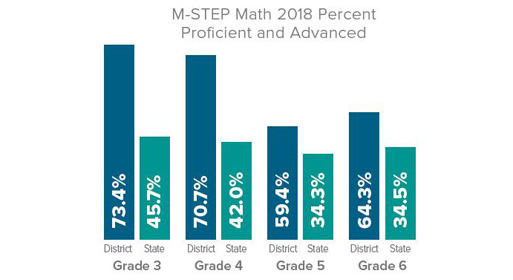
Achievement results have shown that students are succeeding, with more students now testing proficient or advanced than ever before.
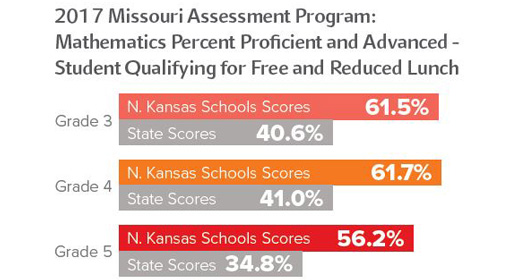
North Kansas elementary schools have seen a significant increase in math scores across every group, including Free & Reduced Lunch.
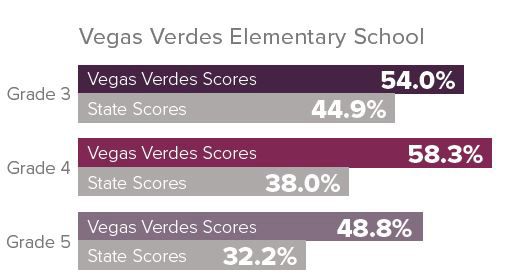
Students using Everyday Mathematics performed well above the Nevada average on the 2017 SBAC.

Stamford Public Schools
Stamford, CT

Champaign Unit #4
Champaign, IL

Johnston Community School District
Des Moines, IA

Wicomico County Public Schools
Salisbury, MD

Columbia Public Schools
Columbia, MO

Acequia Madre Elementary
Santa Fe, NM

Union Public Elementary Schools
Tulsa, OK

Norman Public Elementary Schools
Norman, OK
White Papers
Development of each version of Everyday Mathematics begins with a research phase during which the authors review the most current research available related to how children learn. These white papers summarize some of the research behind the program.
Testimonials
Student Learning
More students are enjoying math. They are learning in a fun way instead of just opening up a book and memorizing facts.
Jon K., Curriculum Associate for Elementary and Science, Stamford, CT
Everyday Mathematics really brought to light the process of learning math and not just the end-result...our kids are much better problem solvers than they were before.
Paige B., Instructional Coach, Tulsa, OK
Everyday Mathematics 4 is much heavier in reading and writing. They have fewer problems to solve and a lot more explaining to do about their thinking.
Ahlum S., Principal, Sante Fe, NM
Performance and Results
The results that we’ve seen in our achievement scores are really strong. Every group within our demographics is reaping the benefits.
Chad S., Assistant to the Superintendent for PreK–8, North Kansas City, KS
Across the board, our math scores are the highest they’ve ever been.
Jason G., Principal, Boston, MA
I’m seeing a big difference in student performance since we started using Everyday Mathematics. Students have a better understanding of not just what the answer is, but why the answer is what it is.
Jon K., Curriculum Associate for Elementary and Science, Stamford, CT
Alignment to Standards
Teachers really like that they can work on a standard, then later, the same standard will come up for students to developmentally process and learn.
Judi P., Assistant Coordinator for K–5 Math, Columbia, MO
We now have the opportunity to have fewer lessons, go more in-depth with the lessons we do, and really focus on the standards.
Natalie E., Director for School Improvement and PD, Stamford, CT
We're extremely happy that Everyday Mathematics 4 now has a line to the Common Core. It provides a much clearer pathway for teachers and students to do the lesson components, in terms of how concepts are introduced.
Susan Z., Assistant Superintendent, Champaign, IL
Support for Everyone
Everyday Mathematics offers clear-cut guidance for teachers, whether you’re a first-year teacher or have 20 years of experience.
Emily M., 5th Grade Math Teacher, Clark County, NV
It gives parents information so they can better help their children.
Julie D., Elementary Math Supervisor, Wicomico County, MD
Everyday Mathematics is a research-based program that gives students the strong mathematical foundation they need as they grow older.
Nita C., Math Curriculum Coordinator, Norman, OK
Efficacy
McGraw Hill works tirelessly to ensure that our programs demonstrate positive effects across settings and with a variety of relevant educational outcomes. Our approach to evidence-based research and efficacy recognizes the value of smaller studies of program pilots and first-year implementations as well as larger experimental studies. The focus of all our research is to propel learners toward higher levels of achievement. Although it is important that our programs can demonstrate effectiveness in highly-controlled lab-like settings, our goal is to ensure that they work for real teachers in real-life situations under standard implementation conditions.
Our commitment to research includes working with world-class academics and practitioners in education to help design, develop, and validate instructional models that are based on current scholarship, establish efficacy, and support effective teaching and learning.
Everyday Mathematics is committed to continuously improving the instructional quality and academic integrity of program materials.
Third Party Research for Everyday Mathematics
The Northwestern Longitudinal Study
Everyday Mathematics was the focus of a five-year longitudinal curriculum study from Northwestern University. It included student and teacher interviews, classroom observations, written tests, collected artifacts, and surveys. Items on written tests were drawn from the National Assessment of Educational Progress (NAEP), from international studies of mathematics achievement, and from the research literature.
Researchers using the data and findings of the Northwestern study have found that Everyday Mathematics students constantly outperform comparison students.
Tri-State Achievement Study
The ARC Center, located at the Consortium for Mathematics and its Applications (COMAP), completed an NSF-funded study that compared the effects of standards-based mathematics programs on student performance with state-mandated standardized tests in Massachusetts, Illinois, and Washington.
The reports’ findings are based on the records of over 78,000 students: 39,701 who had used the Everyday Mathematics curriculum for at least two years and 38,481 students from comparison schools. The students were carefully matched by reading level, socioeconomic status, and other strata.
Results showed that the average scores of students in the Everyday Mathematics schools were consistently higher than those in the comparison schools. The results hold across different state-mandated tests and across topics ranging from computation, measurement, and geometry to algebra, problem-solving, and making connections.
What Works ClearingHouse™ Improvement Index
The U.S. Department of Education What Works Clearinghouse™ recognizes Everyday Mathematics as the most effective core elementary mathematics program in the country.
ACE Evaluation in Michigan
Twelve school districts in Michigan have adopted McGraw Hill’s Everyday Mathematics. In 2019, the Auburn Center for Evaluation (ACE) was asked to analyze mathematics test data from the state of Michigan’s Michigan Student Test of Educational Proficiency for students served by the program to answer this main research question: "To what extent is the utilization of McGraw Hill’s elementary mathematics curriculum associated with differences in year-end standardized test scores?"
Key Findings
- Overall, students enrolled in school districts using the McGraw Hill curriculum had proficiency rates that were greater than demographically matched peers.
- Non-White McGraw Hill students performed substantially outperformed non-White matched peers on the math M-STEP.
- Fourth and fifth-grade McGraw Hill students significantly outperformed their matched peers by gender.
- Fourth and fifth-grade economically disadvantaged McGraw Hill students had proficiency rates that were 20% greater than their matched peers.




